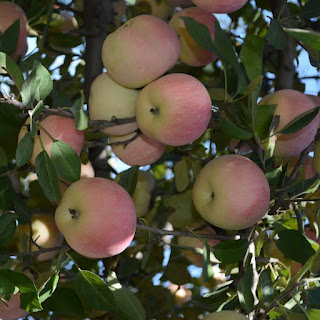Sensitive plant
Sensitive plant a Species of Sensitive plants
Common Name:
- Shame plant
- Sleepy grass
- Touch me not
- Shy plant
Botanical Name:
Mimosa pudica
Information:
Sensitive plant, Mimosa pudica, or sensitive plant, is named for its unique characteristic of curling up when touched. The fernlike leaves will curl inwards when disturbed. It’s purple fuzzy flowers make it an attractive houseplant, however, the plant contains alkaloids which are toxic to people and animals.
Interesting Facts:
The small sensitive plant opens and closes on its own. It is not proud, but has a beautiful sentiment. Pink flowers add a little girl's wit to the sensitive plant.
Symbolism:
Shy, sensitive, and polite
Scientific classification:
Genus:
Mimosa - Sensitive plants, Mimosa
Family:
Fabaceae - Legume, Pea, Bean
Order:
Fabales - Legumes, milkworts and allies, Peas, beans and relatives
Class:
Magnoliopsida - Dicotyledons, Dicots, Eudicots
Phylum:
Tracheophyta - Vascular plants, Seed plants, Ferns, Tracheophytes
Characteristics:
Plant Type: Herb
Lifespan:. Annual, Perennial, Biennial
Bloom Time:. Late spring, Summer, Early fall, Mid fall
Plant Height: 3 feet
Spread: 1.6 foot
Flower Size: Inflorescence 0.4 inch
Habitat:. Croplands, orchards, pastures, mowed areas, roadsides, areas disturbed by construction, moist waste ground, open plantations, weedy thickets.
Flower Color:Pink, purple
Leaf Color: Green
Fruit Color:. Brown, Green
Stem Color: Green, Purple
Conditions Requirement:
Difficulty Rating:
Growing Sensitive plant is easy as long as you can give them what they need. They are sensitive to certain types of pests and diseases.
Sunlight:
Full sun, Partial sun
Hardiness:
30 ℉
Hardiness Zones:
10 to 13
Soil:
Loam, Sand, Clay, Acidic, Neutral, Alkaline
Care Guide:
Water:
Shame plant grows best in consistently moist soil. To achieve this, water your plant when the top layer of soil is dry. Avoid over watering your plant and watch out for water logged soil which contributes to root rot. Adding peat moss to the soil can improve drainage.
Fertilization:
Fertilization once every 2-3 months during the growing season.
Planting Time:
All year around
Harvest Time:
Winter, Late spring
Propagation:
Cutting, Sowing
Potting Suggestions:
It can be planted in small pots or in shallow pots. The planting pots are usually 6 to 8 inches medium-sized pots.
Pests and Diseases:
Glasshouse red spider mite
Plant Distribution:
- Sensitive plant is native to some parts of Central America and is considered invasive in Africa, Southeast Asia, Oceania, and some Central American countries.
- It is often found in orchards, pastures, roadsides, mowed areas, open plantations, and other disturbed areas.
- This plant is also grown as an ornamental in gardens and yards and is a severe weed for agriculture.
- Sensitive plant forms dense ground cover that prevents the reproduction of native vegetation.
- This reduces the biodiversity of these habitats.
- Furthermore, large quantities of this weed have been known to change the pH and nutrient levels in the soil.
- In dry weather, sensitive plant can be a fire hazard, potentially altering the fire regimes of the habitat.
- It grows fast and has high reproductive potential, which makes it a fierce competitor for resources.
Uses:
Garden Use:
The sensitive plant grows well as an ornamental potted plant that can decorate outdoor landscapes and courtyards. When grown in garden beds and borders, it has the tendency to spread widely and makes a great ground cover or border plant. The foliage lasts year-round, and the showy flowers appear during the summer. It grows best in sunny parts of wildflower or woodland gardens.



Comments
Post a Comment